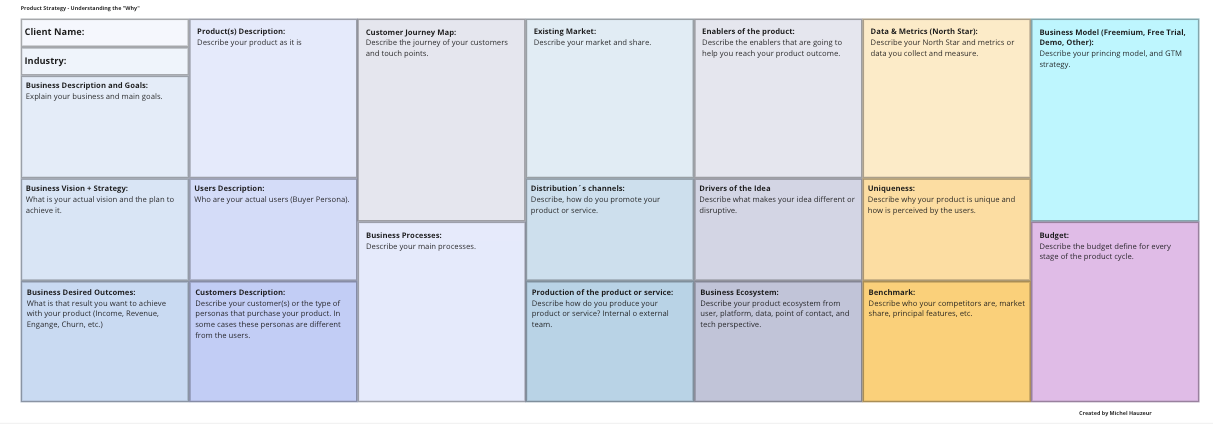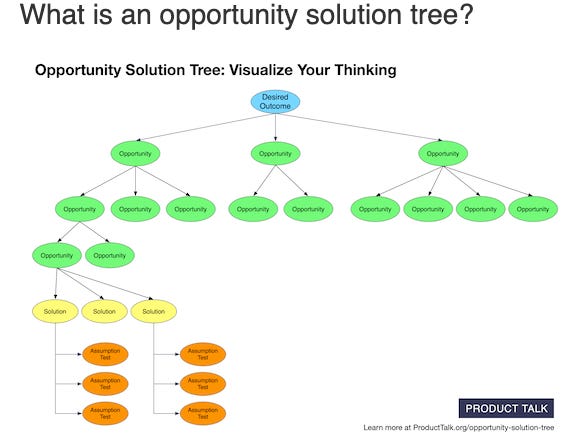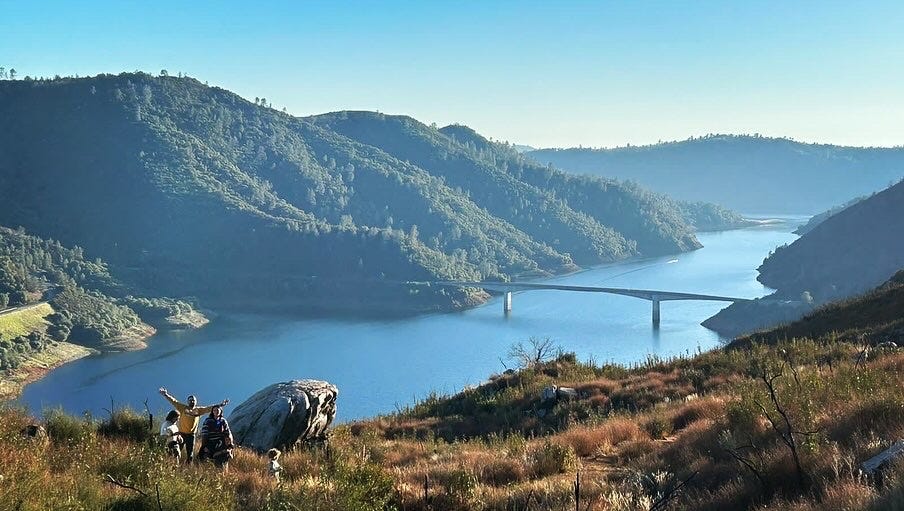How to create a team structure based on innovation and experimentation - Chapter 1
This is a six chapter journey where I will share my process to get into an ideal structure.
Hi readers, my name is Michel Hauzeur, and I am a soccer lover and a father of my little warrior called Mila and Baloo (rescued dog)
Currently Product Design & Innovation Leader at Nearsure with 14+ years of experience in product & tech. I’m also a Co-founder of La corte de los Búhos, a Digital Transformation consulting company in Latam.
Mentor in the Product League and Product Makers Mentors program for 2+ years.
And 2023 Product-Led Alliance Award as Product Leader of the Year winner.
Six chapters journey:
Chapter 1: Understand the Why (This article)
Chapter 2: Research and hypothesis validation
Chapter 3: Team building validation
Chapter 4: Team building implementation
Chapter 5: Center of Excellence definition
Chapter 6: Innovation and Experimentation through team building
Let´s begin…
Chapter 1: Understand the Why
Section 1. My background
2013 was the year where everything started.
I started my Product Management career without knowing it, in 2013 my technology journey started as a project manager, where I was a mix between project and product owner. I was in charge of the management of the roadmap but at the same time, taking charge of some projects/products by defining strategy and focus on delivery. To be true, I was what Marty Cagan called “Feature PM”.
When I got the official Product owner role, around 2018, I was lost, I knew I had to take charge, empower myself, and define the route to position the product in the market. So I get into a cycle where I am still today: learning, adapting, applying, validating, and starting over.
Thanks to the value delivered and results achieved, in 2020 I got the opportunity to be involved in the restructuring of the company as a Director of Digital Platforms, where we created something called the “Spotify structure”, which means to have “Tribes” focused on a specific outcome and “Squads” focus on specific products or customers flows end to end.
As a Director I was in charge of the B2C platform, leading a couple of squads, and managing a big roadmap focus on user value This experience gave me a lot of new perspectives, regarding an ideal structure that later was the baseline of my actual vision.
In 2021, I left the company and challenged myself with other products and teams. I become the Product Leader in a big bank, managing around 10 PMs and 10 products. Even though my presence in this company was only for 6 months, I had the chance to learn more about the product and the “Continuous discovery” concept shared by Teresa Torres.
Back in 2022, everything changed, I decided to move to another company for professional reasons and make a 180-degree change, by moving into a service tech company.
The change was big, because I always was on the product side receiving proposals from vendors, and now I was offering services to others. I was lost, not by leading a Product Team of eight (8) PMs, but by the idea, of how to sell product roles to others.
At that moment I had five main goals:
Create a Product Team
Define processes
Design a Career Path
Define Services
Work with sales
Section 2. Understand the Why
Something that I keep learning day by day, is to start every analysis and decision with a big “Why”.
Why do I need to define a team structure?
Why do I need to define a Career Path?
Why do I need to define processes?
Why do I need to define new services?
Why do I need to work with sales?
To start answering this question, I always use these two frameworks:
Understand the Why Template - Check it right here
Opportunity Solution Tree from Teresa Torres - Check it right here
We will implement this framework in the second chapter.
Why these?
The answer is clear, the first framework lets me understand the actual status, and the second framework lets me translate a problem into an outcome, an outcome into an opportunity, an opportunity to solutions, and solutions into experiments.
Let´s answer them based on metrics!
Why do I need to define a team structure?
I need to create a sense of community and get a level of NPS internally over X%.
I need to identify a structure to support the company's goals and reach a revenue of $X.
I need to identify the seniority level for each client and a potential client to improve client NPS over X%.
Why do I need to define a Career Path?
I need to understand and identify the seniority level of each team member to improve NPS in X% internally and externally.
I need to define growth paths, to support team members, the company, and the client´s goals to expand the account’s revenue in $X.
I need to align growth path vs salary ranges and get a level of NPS internally over X%.
Why do I need to define processes?
I need to define, how we will grow as individuals and as a team in the level of seniority and #X of new team members.
I need to define, how to sell and present candidates to our clients to improve conversion in X%.
I need to define, how we will apply our knowledge and concepts in a product lifecycle to expand the account’s revenue in $X.
Why do I need to define new services?
I need to show what we do as a company to reach a revenue of $X.
I need to show what we can do with our knowledge, experience, and team to reach a revenue of $X.
I need to be disruptive and different from our competitors to reach a revenue of $X.
Why do I need to work with sales?
I need to support and train the sales team to improve conversion in X%.
I need to bring, new ideas, tools, and speeches to approach clients to improve conversion in X%.
I need to open a product-led channel to reach a revenue of $X.
Remember, if the clarity of your answer still blurs, keep asking yourself “Why” until you feel comfortable with the answers. I did it for a couple of them.
Enjoy a beautiful view from Sonora, CA, USA.
Section 3. The Result
Once you have the correct answers, I will suggest extrapolating the information into the “Understand the Why” template, to get the following information:
Company´s OKRs
Company and Team Vision
Desire Outcomes
Product / Services Description
Users / Stakeholders
Processes
Competitors and distributions
Enablers and Drivers
Data
Budget and Business Model
With the information consolidated, I will see you in the Second Chapter, to show you how I transform these inputs into a strategy.
Thanks for reading and I invite you to check my Miroverse Profile here
Don´t close this tab before sharing this content.
I think of myself as a product, so please leave a comment so I can keep improving my content. Thanks!








